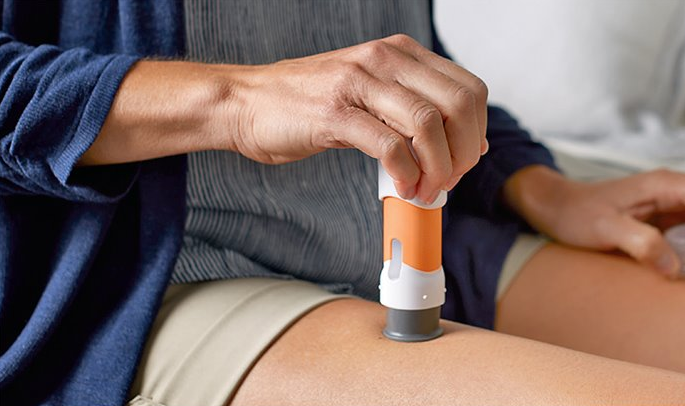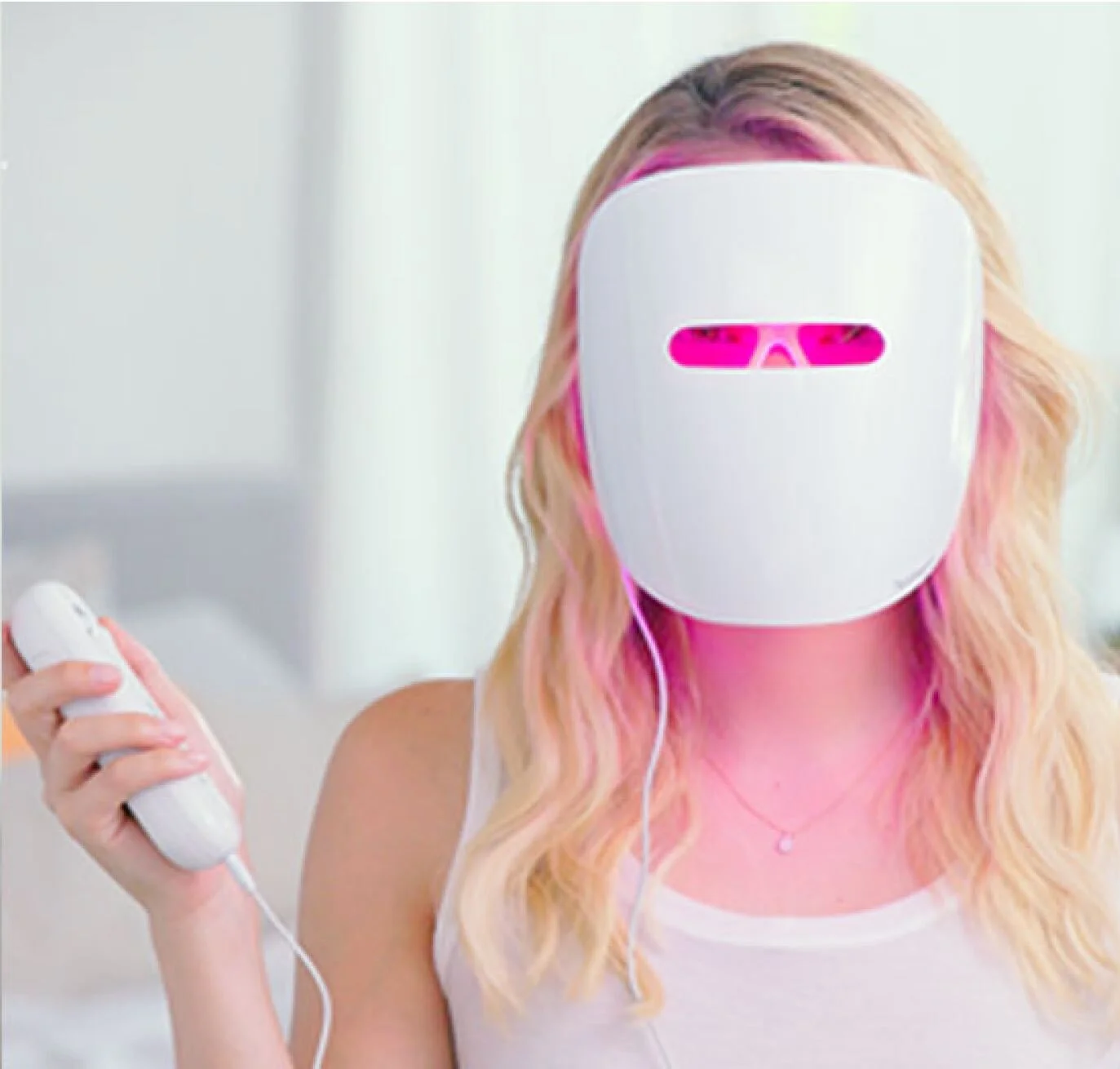The obstacle set up was food. I decided to use food to explore the question “How close is the body to the memory?” I tested out what the senses inform us based on our previous knowledge; I experimented with touch, smell and taste individually using lemon zest, oatmeal and tea.
For most of my participants I found that our touch informs us the least and our taste informs us the most as to what the object is. Just touching the substance and feeling it’s texture is usually not enough to trig the correct memory as to what the substance is. When you began to smell and taste the substance in this case, the participants began to drawn upon previous experiences where they have encountered this substance. The participants memory of these is much stronger in smell and taste than in touch.�
In this experiment, I also tested our color association to the experience of food. What I found most interesting was learning the professional idea of what a particular color means. When I contrasted the this standard color meaning to my participants feelings of these colors, some of the meaning becomes so abstracted that the perception the color same color is very conflicting. The colors green, brown and black seem to be universal. However the color white, yellow, orange, blue and purple are much more personalized when the participants expressed their idea of what the color means to them. For example white means non-existent, empty and fake to my participants. But in professional terms white means light, purity and perfection.
The following images are my response to the color association of the individual and how they are all different. And those colors are very much influenced by our memories and what we know. We based the meaning of colors on past experiences and what we prefer in our color selection.




















